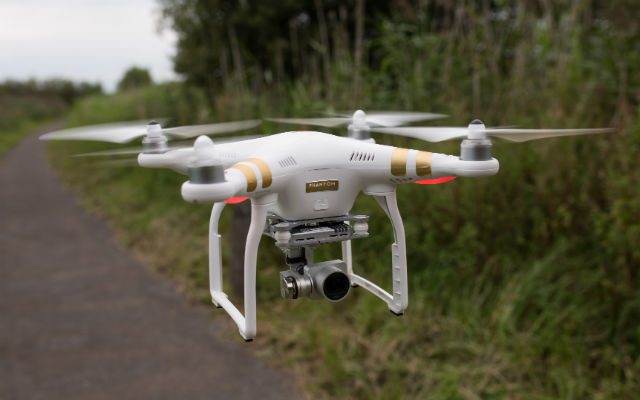The US Federal Aviation Administration has doubled the altitude at which unmanned air vehicles with the correct exemptions can be flown in US airspace, which is expected to allow for their increased use with less burden on regulators.
A “blanket” Certificate of Waiver or Authorization (COA) for flight at up to 200ft had previously been imposed for those with a Section 333 exemption, and the FAA has now raised this to 400ft.
The exemption covers small UAVs operated for commercial use, which can be flown at the newly-designated altitude as long as they adhere to permit regulations such as not flying in prohibited areas or near large cities. The UAV has to weigh less than 25kg (55lb) and be operated within line of sight of the user.
“This is another milestone in our effort to change the traditional speed of government,” FAA administrator Michael Huerta says. “Expanding the authorised airspace for these operations means government and industry can carry out unmanned aircraft missions more quickly and with less red tape.”
The decision to increase the altitude limit is aimed at a reduction in workload for COA applications for commercial operators, government agencies and the FAA’s air traffic organisation, while also reducing the need for COAs by 30-40%.
“Other provisions of an FAA authorisation, such as registering the UAS [unmanned air system] and making sure pilots have the proper certification, still apply,” it says.

Ed Stone/REX/Shutterstock
The FAA is developing new laws surrounding small UAV airspace integration, which it first proposed in February 2015.
In that draft ruling, the administration suggested UAVs weighing 25kg and below would be able to operate up to altitudes of 500ft in daylight, as long as the aircraft remains in line of sight of the operator, who must have passed an aeronautical test.
However the regulation is yet to be imposed and could take years to enforce, and certain elements have already been rejected following a review.
In February, Huerta announced the FAA had decided not to pursue its proposed ruling on micro UAVs listed in the draft regulation, which had focused on mass-based classifications for systems weighing 2kg and below.
“Based on the comments about a ‘micro’ classification submitted as part of the small UAS proposed rule, the FAA will pursue a flexible, performance-based regulatory framework that addresses potential hazards instead of a classification defined primarily by weight and speed,” Huerta said.
“[The FAA] has determined that further engagement with industry and stakeholders is needed before conducting rulemaking to address the regulatory framework for micro-UAS,” the administration added.
Source: FlightGlobal.com


























